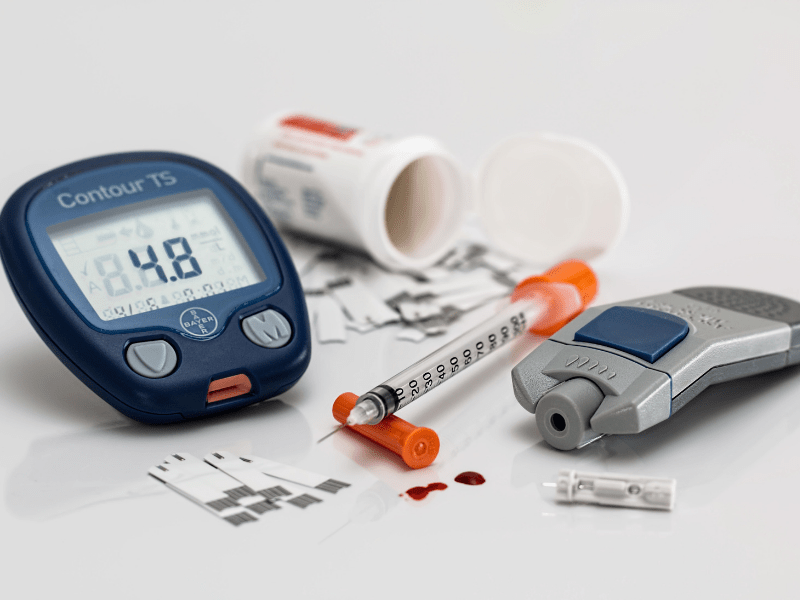Choosing the right plastic material in the earliest stages of product development is vital to the success of your medical device and its associated packaging. An initial wrong choice of material can result in a prolonged product development stage with increased project costs. Given the inevitable design variables and the infinite number of available plastic materials, the selection process can be extraordinarily complicated and time consuming. A lack of expert material knowledge within device companies can further add to the complexity and may result in the selection of previously used materials, rather than the best one for the job.
Considerations
When conducting material selection for the development of a medical product, there are many factors that play into the decision making.
The material selection process must take into account the full range of long and short term mechanical, physical and environmental conditions that may be experienced by the medical device during processing, assembly, storage, transport and service. Considerations including regulatory device classification, ideal cost per pound/dollar range, characteristics of the product, how it’s handled by the end user and how it is cleaned must be addressed before making a final decision on selection.
How to select the right material
A starting point for considering a particular plastic may be information on a material technical datasheet, however, this has limitations because it offers a snapshot of selected data. Although this can be a useful means of comparing test data and can be utilized for incoming material quality assessments, there are other considerations of which a material selector should be aware. For example, thermoplastic materials are viscoelastic in nature and their long term performance is time, temperature and stress dependent. The significance of these long term dependences is often overlooked at the design stage.
To undertake successful material selection, functional requirements and the necessary material attributes must be identified. Attributes should be designated as essential or desirable requirements to conduct a search to eliminate materials that fall outside the boundaries of acceptability. Suitable material selection for plastics used in medical devices is influenced by many parameters. These include:
- Material characterization
- Sterilizsation resistance
- Chemical and lipid resistance
- Extractables and leachables
- Biocompatibility and biological responses
- Shelf life and stability
- Regulatory requirements.
Based on these extensive factors and due to the complexity of verification and validation, it is essential to give consideration to the long term availability of materials. In addition, in a world of increased emphasis on product stewardship, building sustainability into the material selection, sourcing, design and manufacture of products and associated packaging is essential.
Future of material selection in medical devices
Innovation by medical device producers continues to accelerate, prompted by an ageing population, emerging market opportunities and the requirements of regulatory compliance. Plastic materials have a unique and important role to play in this field and with appropriate material selection will continue to be used for the next generation of medical devices.
Find out more about the medical device services Smithers offers.



